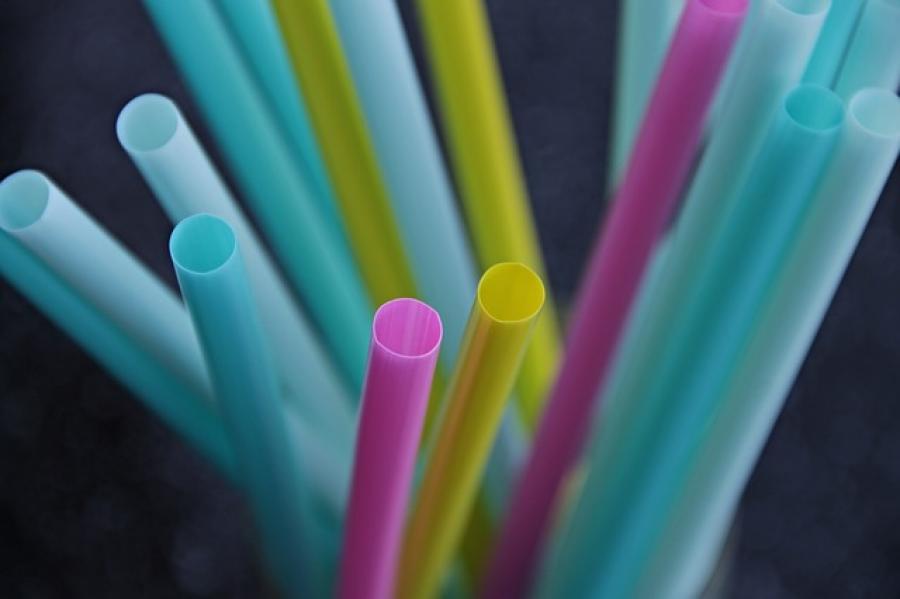Plastics are here for good — and these days, that means mostly for bad. The petroleum-based polymer has exploded onto the market, invaded our lives and spewed its guts into every corner of the planet. While some call its manufacture a success story, others have declared it one of the biggest threats facing our environment.
First introduced as Bakelite in 1907, fully synthetic plastics weren’t mass produced until the mid-century. A shape-shifter, the malleable substance could be moulded into virtually any unbreakable, water-resistant form, including nylon, polyethylene, polyester and vinyl. Easy to fabricate from seemingly unlimited reserves of oil and natural gas liquids, it quickly became the ultimate convenience material for making everything from medical equipment to clothing.
You may unsubscribe from any of our newsletters at any time.
In fact, more than eight billion tonnes of plastic have been produced since the early 1950s, more than half of that in the last 15 years alone. The synthetic material brought improvements in sanitation and enabled the distribution of clean and safe food and water. But few considered the consequences of plastic’s longevity.
It can take hundreds of years, if not longer, for the forces of nature to break down a single disposable water bottle, for example. So imagine what might go through the minds of future scientists excavating a 21st-century city a million years from now. Jan Zalasiewicz, author of The Earth After Us, speculates they’ll find evidence of fossilized toothbrushes, silicone spatulas, sippy cups and cellphone covers in the strata of rock layers.
The geologist and paleontologist also calculates that if we converted all the plastics produced over the last few decades into cling wrap, there would be enough to envelop the whole planet. And if the current level of production continues — chances are it will, considering global oil-and-gas giants have invested $180 billion since 2010 to create facilities that will boost plastics production by 40 percent over the next decade — we’ll be shouldering several layers of cling wrap by the middle of this century.
Canada’s plastic index
• Canada is the 3rd highest producer of municipal waste per capita
• 720 kilograms of waste was generated by every Canadian in 2012
• 3 million tonnes of waste plastic is created by Canada each year
• 12% or less of plastic waste is recycled in Canada
• 200,000 tonnes of plastic waste is exported from Canada annually
Source: Greenpeace Canada
This story first appeared in The Observer’s April 2018 edition with the title “Addicted to plastic.”














